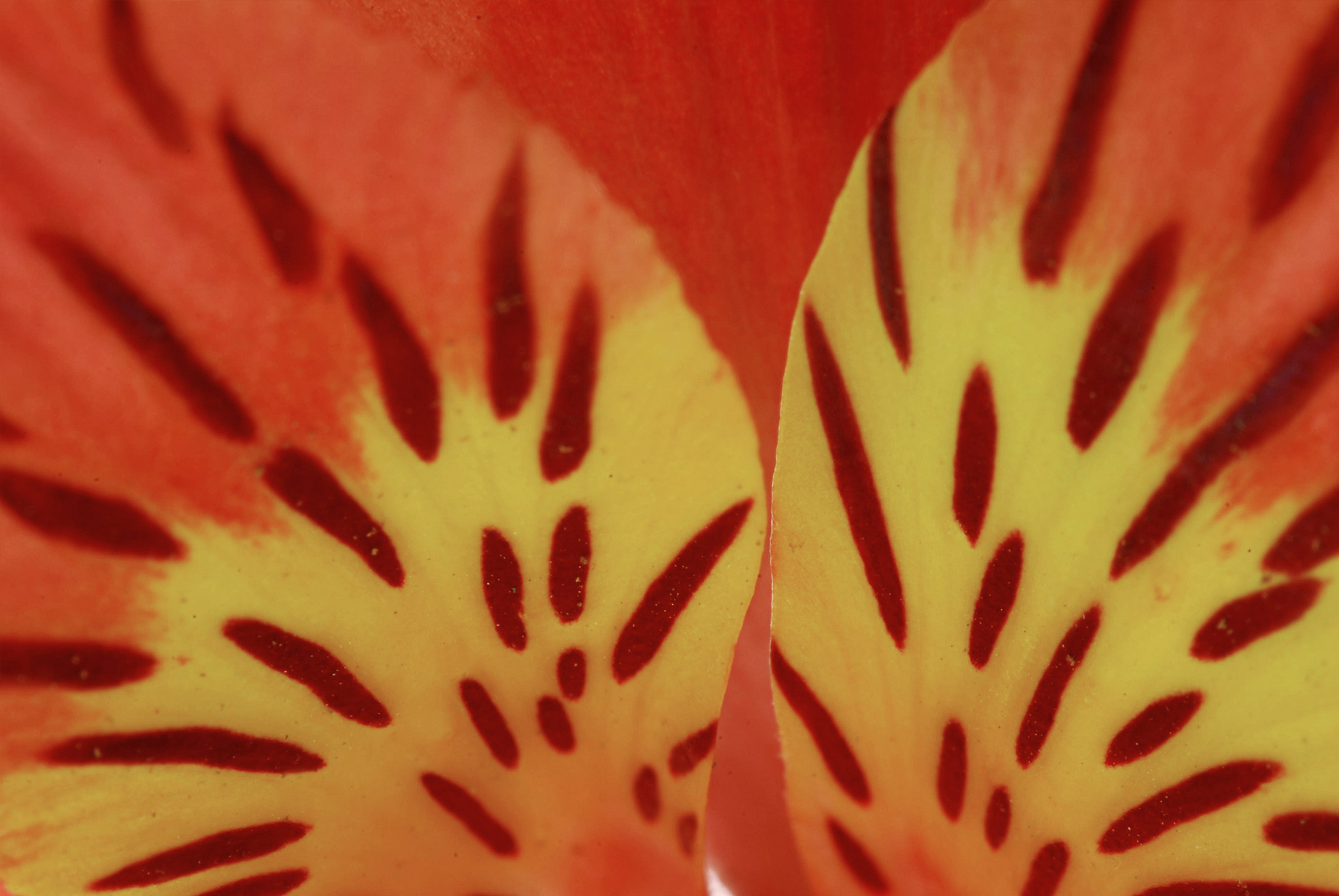
The body is a Musical Instrument
This involves understanding the body anatomically and imaginatively. We learn the basics of the nervous system, muscular release, breathing, resonance, skeletal alignment and the muscles of support. We learn to map the body along the flow of energy via the imagination of the Chakra system. These lay the foundation for how the vocal instrument functions within the human body.

Learning to play the instrument
This is the fun part! We explore what the voice can do, and what happens to expressivity when we alter or ‘play’ with the body, breath and the imagination. We play with the concepts of non-functional energy, body attitudes, the sonic body and the intuitive self. Gradually, we begin to intuit practical application of the concepts and embed self-care, ease and pleasure into our daily practice. Learning to follow 'ikchhā' or the 'flow of desire' leads us naturally to healthy habits that support the voice to communicate intention and feelings with ease.

